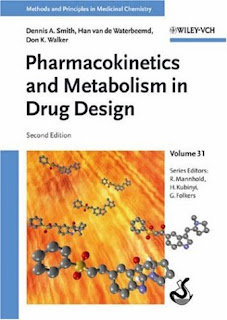
This “nuts and bolts” book provides a condensation of biostatistical methods that applied microbiology researchers need to perform data analyses. Based on the author’s more than two decades of applied research and teaching experience, it is presented in a straight-forward manner, applicable by practicing microbiologists with minimal backgrounds in mathematics. All methods rely only on the use of a basic hand-held calculator. The overriding goal of this book is to ground one’s microbiological expertise and experience in one’s research pursuits, using biostatistics not as a black box, but as a tool. The book begins with a broad discussion of the experimental process, leading to one-sample, two-sample, and multi-sample comparisons. Each regression analysis will be presented, as well as an example. Nonparametric methods will be discussed, as well as when they should be applied. Finally, special topics of statistics in microbiology (i.e., viral, plant, animal, human, food, industrial and microbial microbiology) will be presented.
















